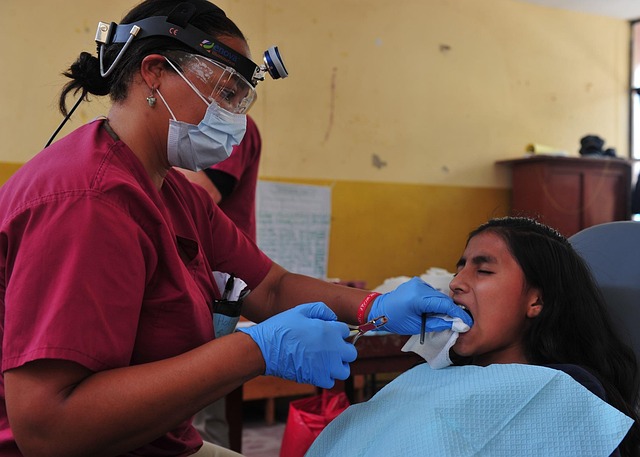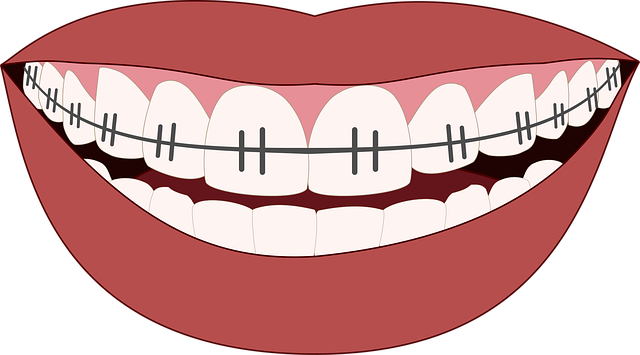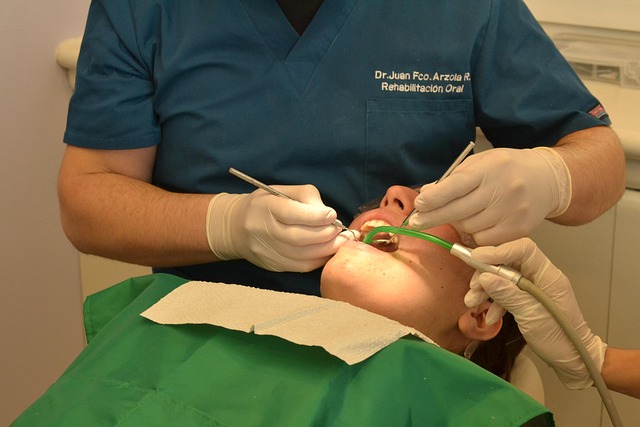Dental malpractice liability is crucial for dentists, protecting them and patients from legal consequences of negligent care. It involves meticulous documentation, staying updated with industry standards, and open communication to minimize claims. Comprehensive malpractice coverage policies protect against errors, injuries, and negligence, covering legal defense costs. Customized policies tailored to each dental practice's unique risks and services ensure effective protection. Legal considerations guide policy structuring based on past incidents, mitigating potential liabilities. Robust risk management practices, including guidelines adherence, staff training, and meticulous record-keeping, safeguard dentists from malpractice claims.
In the dynamic field of dentistry, ensuring comprehensive professional liability for dentists is paramount. This article explores the intricate landscape of dental malpractice coverage, offering a roadmap for navigating potential risks. From understanding key liabilities to tailoring policies and adopting best practices, we delve into essential aspects that underpin successful risk management. By examining common claims and legal considerations, practitioners can safeguard their practices and patients alike.
- Understanding Dental Malpractice Liability
- Key Components of Professional Coverage
- Common Risks and Claims for Dentists
- Tailoring Policies to Specific Practices
- Legal Considerations and Case Studies
- Best Practices for Risk Management
Understanding Dental Malpractice Liability

Dental malpractice liability refers to the potential legal responsibility that dentists face due to negligent or substandard care provided to patients. It’s a crucial aspect of the profession, as it protects both dental professionals and their patients. When a dentist fails to adhere to the accepted standard of care, causing injury or harm to a patient, they may be held liable for malpractice. This includes situations such as incorrect diagnoses, improper treatment procedures, or failures in patient management.
Understanding professional liability for dentists involves grasping that it’s not just about avoiding mistakes but also ensuring that every step taken during treatment is well-documented and in line with current industry standards. Staying informed about the latest research, techniques, and best practices can help reduce the risk of malpractice claims. Additionally, maintaining comprehensive records, obtaining patient consent, and fostering open communication are essential to managing liability effectively.
Key Components of Professional Coverage

When it comes to professional liability for dentists, a comprehensive malpractice coverage policy is essential. This type of insurance offers crucial protection against potential claims and lawsuits that may arise from dental procedures. The key components of such a policy typically include medical malpractice coverage, which compensates for errors or omissions during treatment; occurrences involving bodily injury or property damage; and general liability, addressing situations like negligence, personal injury, or even death caused by dental services.
Additionally, professional liability insurance often provides legal defense costs, offering financial protection against the expenses associated with defending against a claim. This is vital as it ensures dentists can focus on patient care without the immediate financial burden of legal battles. The policy should also cover various dental practices, whether general dentistry, orthodontics, or specialized procedures, ensuring comprehensive protection tailored to the unique risks within the dental profession.
Common Risks and Claims for Dentists

Dentists, like any healthcare professionals, face unique risks that can lead to malpractice claims. Common areas of concern include diagnosis errors, treatment complications, and patient safety breaches. For instance, misdiagnosing a dental condition or failing to detect an existing issue can result in unnecessary procedures and subsequent patient dissatisfaction. Treatment-related risks may involve complications from anaesthesia, improper use of dental equipment, or incorrect procedures causing injury.
Additionally, dentists may face claims related to inadequate informed consent, where patients are not fully apprised of potential risks and alternatives before undergoing treatment. Negligence in maintaining a clean and safe dental environment, as well as errors in record-keeping and patient documentation, can also expose dentists to professional liability for dentists. Understanding these common risks is essential for dentists seeking adequate malpractice coverage to protect their practice and ensure continuity of care for patients.
Tailoring Policies to Specific Practices

In the realm of dental malpractice coverage, tailoring policies to specific practices is paramount. Every dental practice is unique, with varying degrees of risk and specialized services. Therefore, one-size-fits-all insurance plans often fall short in providing adequate protection. Professional liability for dentists requires customized policies that account for factors such as the type of procedures performed, patient demographics, and existing safety protocols.
By tailoring these policies, insurers can ensure that coverage aligns precisely with each dental practice’s needs. This approach allows dentists to focus on delivering quality care while knowing their business is shielded from potential liabilities. Customization also enables more effective risk management by addressing specific challenges inherent in the dental profession, ultimately fostering a safer and more efficient working environment.
Legal Considerations and Case Studies

Legal considerations play a crucial role in malpractice coverage tailored for dentists. Every dental practice must navigate complex regulations and standards to ensure compliance, which directly impacts insurance requirements. Professional liability for dentists, also known as malpractice insurance, protects against financial losses arising from negligence or misconduct that causes harm to patients. Case studies of past incidents help underwrite these policies more accurately, reflecting the specific risks associated with various dental procedures.
Understanding real-world scenarios where dentists have faced legal challenges enables insurers to design coverage that addresses unique practice settings and patient populations. For instance, a case study might highlight issues arising from misdiagnosis, improper treatment planning, or equipment malfunctions. By analyzing such incidents, insurance providers can tailor policies with appropriate limits, exclusions, and endorsements to mitigate potential liabilities for dentists.
Best Practices for Risk Management

To mitigate risks and ensure comprehensive professional liability for dentists, implementing robust risk management practices is paramount. These best practices extend beyond basic legal requirements and involve a proactive, thorough approach to patient safety and care. One key strategy involves staying current with evolving dental guidelines and evidence-based practices, ensuring all procedures are performed according to the latest standards. Regular staff training on infection control, patient consent forms, and emergency protocols further reduces potential errors and associated liabilities.
Additionally, maintaining meticulous records, including detailed patient histories, treatment notes, and informed consent documents, is crucial. These records serve as a shield in the event of disputes, demonstrating due diligence and the exercise of reasonable care. Regular audits of dental practices can also identify areas for improvement, strengthening risk management strategies and ultimately protecting dentists from malpractice claims.
